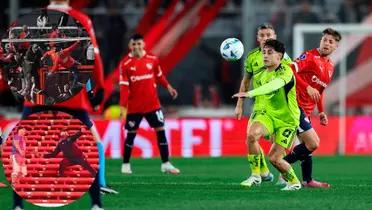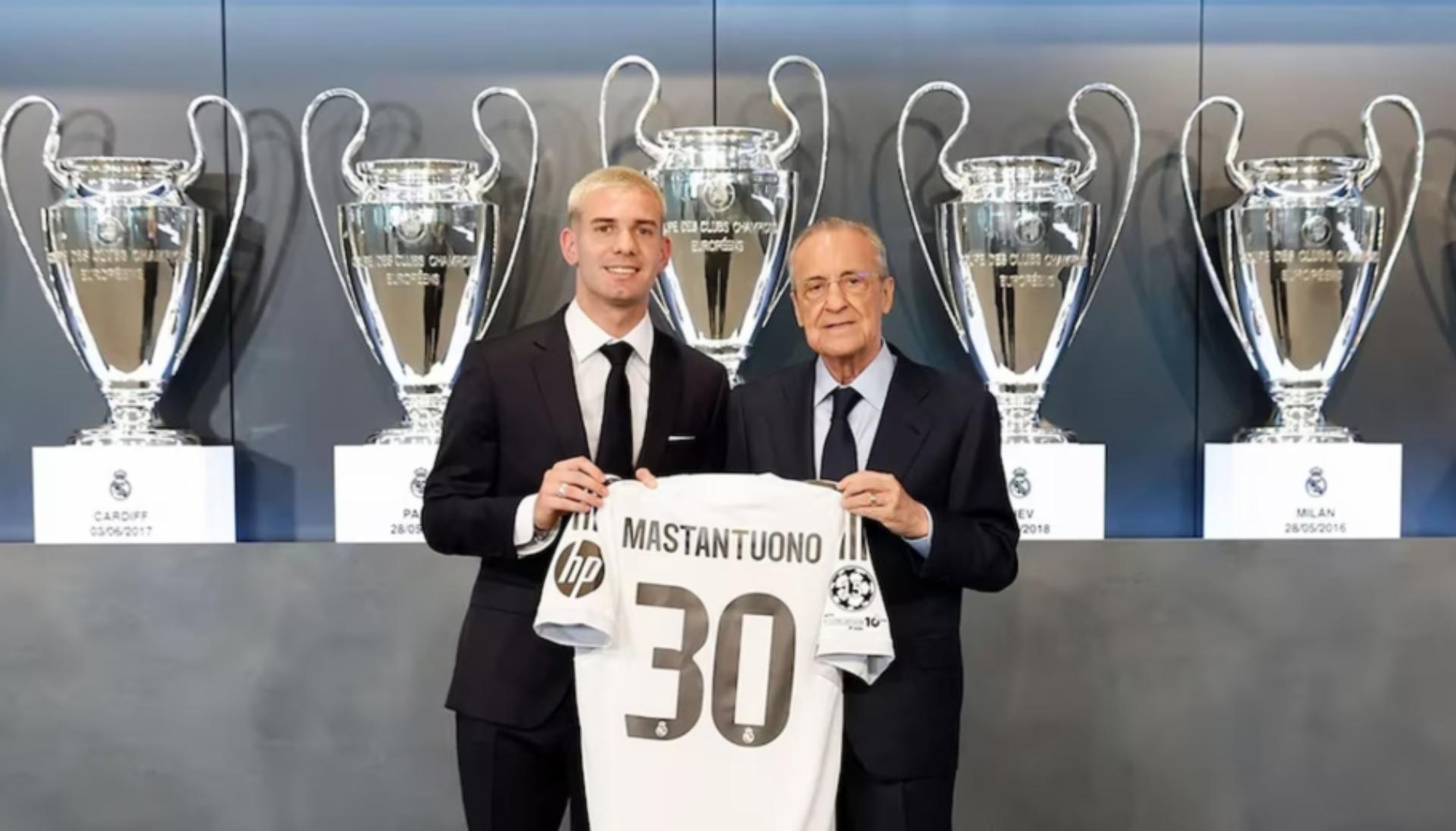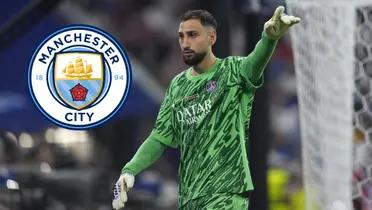The style of play: MLS vs. Liga MX: more offensive or more defensive?
Find out which league has the more offensive or defensive style of play between MLS and Liga MX: Which is better?

Major League Soccer (MLS) and Liga MX represent two of the most prominent football competitions in North America. While they share geographical proximity, their styles of play reveal notable differences, reflecting their distinct football cultures and historical evolutions. This analysis examines whether MLS and Liga MX lean more towards offensive or defensive play, considering tactical, historical, and structural factors.
Historical and cultural evolution of play
Liga MX: Tradition and offensive passion
Established in 1943, Liga MX has cultivated a rich football tradition in Mexico. Historically, Mexican teams have prioritized individual talent and creativity in attack, resulting in an offensive style of play. This trend is evident in the development of players known for their technical skills and ability to dismantle opposing defenses.
MLS: Growth and tactical diversity
Founded in 1993, MLS has undergone significant growth, particularly with the inclusion of renowned international players. This evolution has led to tactical diversity, with some teams adopting offensive approaches while others focus on defensive solidity. The influence of foreign coaches and players has contributed to this variety in playing styles.

Tactical analysis: offense vs. defense
Liga MX: Focus on creativity and attack
Liga MX teams often employ formations that favor attacking play, such as 4-2-3-1 or 4-3-3, granting offensive players greater freedom to create goal-scoring opportunities. The presence of creative forwards and midfielders is a common feature, with an emphasis on wing play and ball possession to break down defenses. This approach has resulted in high-scoring matches and an attractive style of play for fans.
MLS: Balance between defense and attack
In MLS, tactical diversity is more pronounced. Some teams adopt an offensive style, pressing high and maintaining possession, while others prioritize defensive organization and counterattacks. This variability stems partly from the influence of international coaches who bring different philosophies. The league has evolved towards a more balanced style, where defensive solidity is as valued as offensive capability.

Influence of players and coaches
Impact of international figures in MLS
The arrival of international players and coaches has significantly influenced MLS's style of play. For instance, Lionel Messi’s addition to Inter Miami has introduced a dynamic offensive element to the team and the league. Additionally, coaches with experience in European leagues have implemented tactical systems that balance defense and attack, driving the evolution of MLS's playing style.
Contributions of coaches in Liga MX
In Liga MX, coaches like Martín Anselmi have developed playing styles that blend ball possession with organized defense. Leading Cruz Azul, Anselmi has stood out for his ability to adapt tactics to opponents while maintaining an offensive philosophy without compromising defensive solidity. His flexible approach allows players to perform in various positions based on the tactical demands of each match.
International competitions and performance
In international tournaments such as the Concacaf Champions League, Liga MX teams have historically dominated, winning 17 of the last 18 titles. This dominance highlights that despite their offensive focus, Mexican teams maintain competitive effectiveness. Conversely, MLS has made strides, with the Seattle Sounders breaking the Mexican stronghold by winning the title in 2022, signaling improvements in competitiveness and defensive resilience.

Infrastructure and talent development
Infrastructure and talent development also shape playing styles. MLS has invested in modern stadiums and youth academies, contributing to a more structured and tactical approach. In contrast, Liga MX benefits from a passionate fan base and a tradition of developing technically gifted players, favoring a more creative and offensive style of play.
Conclusion: more offensive or more defensive?
In summary, Liga MX leans towards a more offensive style of play, emphasizing creativity and individual talent in attack. MLS, on the other hand, showcases tactical diversity, with teams balancing defense and attack, influenced by the variety of philosophies brought by international players and coaches. Both leagues continue to evolve, and their styles reflect their unique histories, cultures, and developmental structures. The ongoing interaction between teams from both leagues, as seen in the Leagues Cup and All-Star Game, will continue to shape and enrich their football identities.
More news

THE GANG IS HERE! First Argentine Stars Arrive in Buenos Aires for Final Qualifier Push!
01/09/2025

THE LAST DANCE! Lionel Messi Confirms His Final World Cup Qualifier in Argentina!
29/08/2025

TRANSFER COLLAPSES! Julio Enciso Fails Medical Exams, Returns to Brighton!
27/08/2025

Vini doesn't feel entirely comfortable at Real Madrid anymore and is seeking a future at another club
26/08/2025

HERE WE GO! Piero Hincapié Says YES to Arsenal, Club Prepares Final Bid for Leverkusen Star!
26/08/2025

THE REAL MADRID SHOWDOWN: Nico Paz's Future Sparks a Bidding War Across Europe!
25/08/2025

SOUTH AMERICAN SHAME: Independiente vs. U. de Chile Match Canceled After Horrific Incidents!
21/08/2025

Rodrygo Benched by Xabi Alonso: The End of an Era at Real Madrid?
20/08/2025

PARIS IN PARIS! The New Superclub, Paris FC, Rises to Threaten PSG-Marseille Rivalry!
20/08/2025

PSG’s €850M Budget is 30x Larger Than the Smallest in Ligue 1!
19/08/2025

THE DEBUTS ARE HERE! Estupiñán & Modrić Step Onto the San Siro Stage!
18/08/2025

CONTROVERSY IGNITES! Barcelona Opens Season with a Contested 2-0 Victory Over Mallorca!
18/08/2025

SCANDAL ESCALATES: Donnarumma's Harsh Letter Responds to Luis Enrique's Super Cup Snub!
15/08/2025

Franco Mastantuono: A New Number 30 for Real Madrid with a Nod to the Past
14/08/2025

HISTORY MADE! PSG Wins First-Ever Super Cup Title in Thrilling Penalty Shootout!
14/08/2025

Mastantuono Arrives at Valdebebas for Real Madrid Presentation
13/08/2025

ON AND OFF THE PITCH: Is Nicki Nicole the New WAG of Barcelona's Lamine Yamal?
13/08/2025

Donnarumma Bids Farewell to Paris Saint-Germain at the Peak of His Career
13/08/2025



